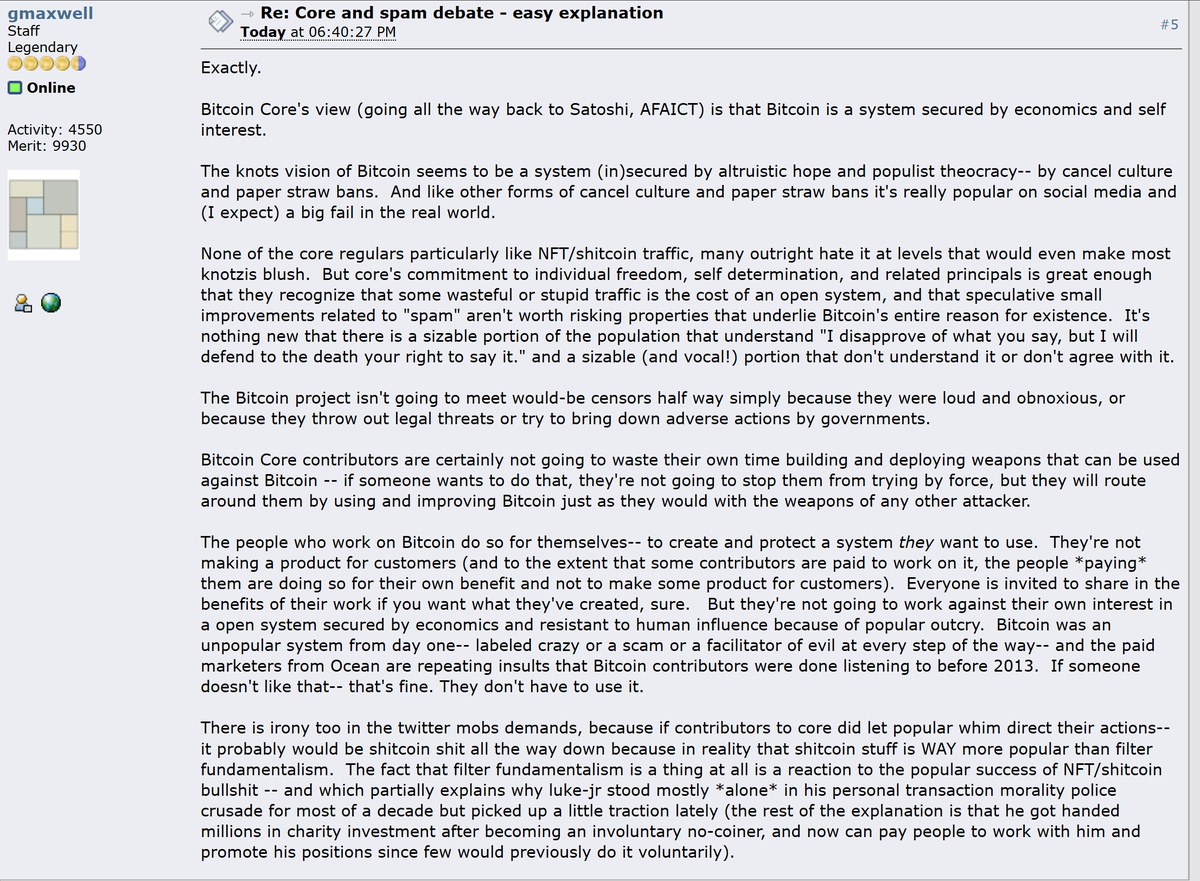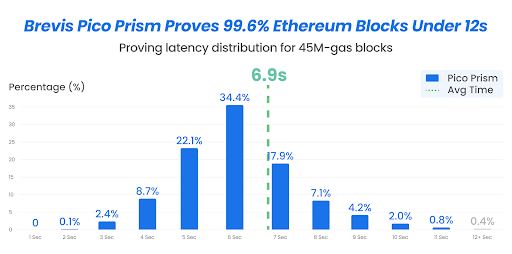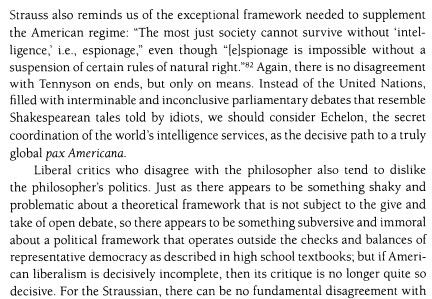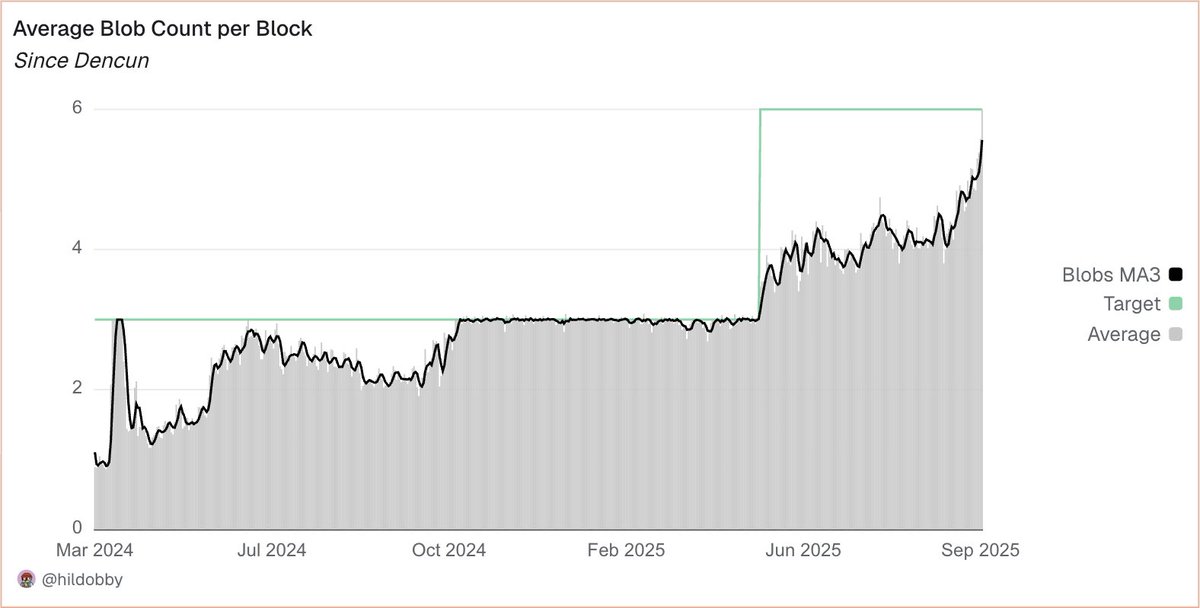Wrote a piece on Technocalvinism in @cosmos_inst.
The thesis: the future of AI is not already written. We can steer this technology to uplift -- rather than replace -- humanity. But to do so, we've got to get building.
Link in the replies.
Regular reminder:
A key property of a blockchain is that even a 51% attack *cannot make an invalid block valid*. This means even 51% of validators colluding (or hit by a software bug) cannot steal your assets.
However, this property does not carry over if you start trusting your validator set to do other things, that the chain does not have control over - at that point, 51% of validators can collude and give a wrong answer, and you don't have any recourse.
Shameless plug - every zkVM running in prod (except @RiscZero ) runs on ZK tech built by our team at Polygon Zero - including @SuccinctLabs @openvm_org @brevis_zk etc.
What’s more Ethereum-aligned than developing the ZK future of the entire protocol?
Plonky2 and Plonky3 were
I really appreciate both @sandeepnailwal's personal contributions and @0xPolygon's immensely valuable role in the ethereum ecosystem.
To recap:
* Polygon hosts @Polymarket, which is probably the single most successful example of a "not just boring finance" app that has actually been successful and provided value.
* Polygon has also hosted plenty of other applications that have needed high levels of scalability.
* Polygon put a lot of resources into ZK-EVM proving early on, both by bringing in Jordi Baylina's team and through other efforts, and greatly helped in moving the space forward.
* Polygon has built infrastructure for proof aggregation (AggLayer) and many other things
And also:
* Sandeep put a lot of his personal effort into @CryptoRelief_, which has made large contributions to biomedical infrastructure and research inside India.
* He voluntarily returned $190M of proceeds from the SHIB tokens that I donated to me, which has made the whole Balvi open source anti-airborne-disease biotech program possible, and possibly accelerated our understanding of important anti-pandemic topics like clean indoor air by years. @cz_binance also recently donated $10M in BNB to me to help continue the program, and I've recently added ~$20M of my own funds (no, not from selling ETH 😛)
Big appreciation to both for this. Most whales passively think that things like this are cool, but are not willing to get off their butts and personally contribute, unless it's in the form of a company that keeps everything proprietary to become yet another vehicle for personal profit. @sandeepnailwal (and CZ) are special here.
On the ZK issue (after all, you do need a proof system to get the full security guarantees that L2s are meant to provide), I can see Polygon's difficult bind: they supported Jordi's team putting their heart and souls into the tech at a time when that tech was still too early for production, and so they contributed to the early and most difficult part of the learning curve, but at that part of the learning curve it was difficult for them themselves to directly benefit from the fruits of their labor.
Since then, the market structure has split into L2 teams and ZK teams (eg. @SuccinctLabs, @RiscZero, more recently @brevis_zk, many others) being separate entities, which I think makes more sense than the previous approach of every L2 doing (OP or ZK) proof systems in-house: it's very difficult to be both the best L2 and the best ZK team, the two are very different skill sets.
Personally, I hope that at some point soon @0xPolygon can just pick up off the shelf ZK tech that has now gotten quite good and apply it to the PoS chain to get full stage 1 and later stage 2 guarantees from the ethereum L1. Many don't realize just how much ZK tech has improved; proving costs are around $0.0001/tx, and many L2s I talk to are very surprised when I tell them the recent numbers, they're still stuck in the mindset that ZK is maybe ok for ethereum L1-scale chains but unviable for anything hyperscale. The latest ZK-EVMs, and live projects like @Lighter_xyz, show that this is false.
Updated Ethereum Privacy Stack event lineup!
30+ speakers will shine light on
Network-level privacy: @VitalikButerin + @RogerDingledine x @torproject
Aligned apps: @LefterisJP x @rotkiapp
E2EE collaboration: @miroyato x @fileverse
@ml_sudo x
I wish more ZK and FHE people would give their overhead as a ratio (time to compute in-cryptography vs time to compute raw), rather than just saying "we can do N ops per second"
It's more hardware-independent, and it gives a very informative number: how much efficiency am I sacrificing by making my app cryptographic instead of trust-dependent?
It's also often better for estimation because as a developer I *already know* how much time my computation takes to compute raw, so I can just multiply.
(Yes, I know this is hard because the ops required are heterogeneous between executing and proving, especially around SIMD/parallelization and memory access patterns, so even a ratio is hardware-dependent to some extent, but even still I think overhead factor is a good number despite these imperfections)
Dankrad has been an excellent researcher and has made immensely valuable contributions to the Ethereum that we know and love today, including Danksharding, consensus research and much more. Wishing him luck in his new efforts.
What're your thoughts on "Distributed history storage"? @fede_intern
Source: Simplifying the L1 - by @VitalikButerin
Excited to see @brevis_zk's Pico Prism entering the ZK-EVM proving arena!
An important step forward in ZK-EVM proving speed and diversity.
Sepolia testnet has upgraded to Fusaka! 🎉
BPO1 is scheduled in a week
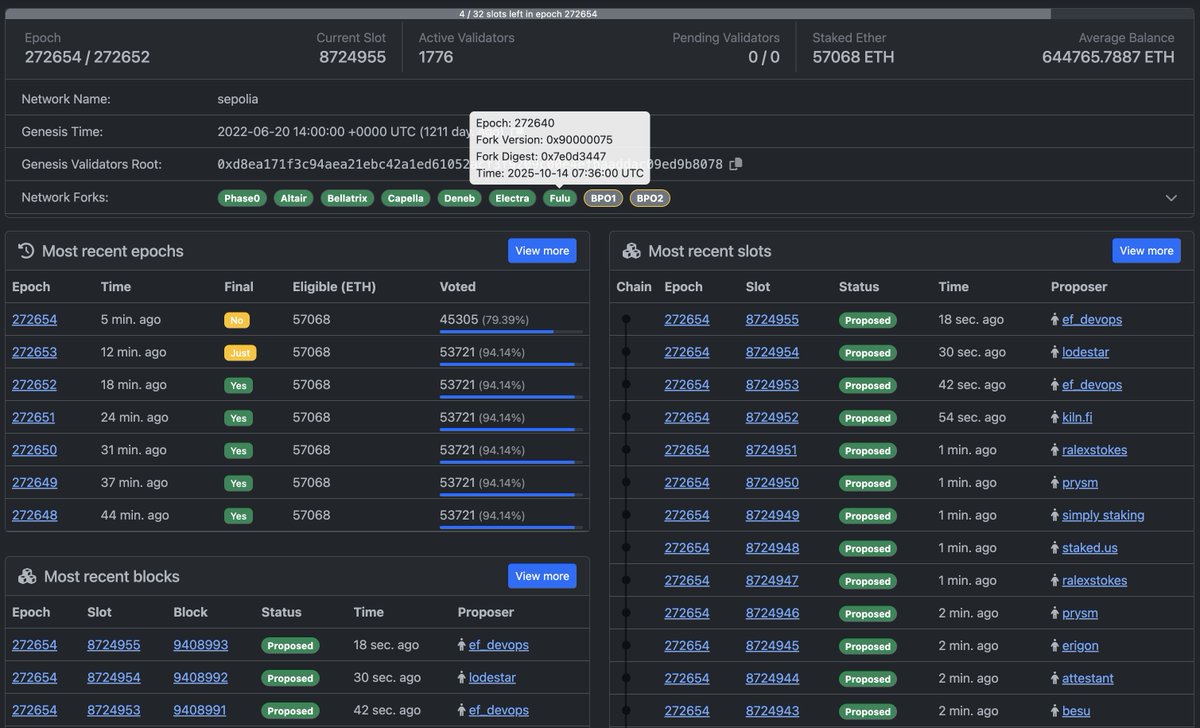
1/ Today, Bhutan celebrates a historic milestone, becoming the first nation to anchor its national digital identity system on Ethereum. 🇧🇹
@VitalikButerin and I were honored to join the launch ceremony on behalf of the Ethereum community, graced by His Royal Highness.
Have you heard of Kohaku? It lets wallets send privately in one click. Privacy that feels as smooth as any other transaction.
We’re building it together with the @ethereumfndn kohaku team, bringing privacy to Ethereum.
The L2 scaling thing is working!
Second-order effects of it being near-free to have your car keep driving around and using the street as a "parking space" are going to be interesting
Excited to see how far Polymarket has come over these years.
Prediction markets have improved a lot since the early days of Augur v1 in 2015, and Polymarket has been the key driving force making this happen.
Ethereum’s future is multichain, but it must stay trustless.
Join us at a 2-day conference at @EFDevcon on the future of Ethereum interoperability.
📍 Buenos Aires 🇦🇷
📅 Nov 18–19, 2025
🌐
🗣 Apply to speak:
1/ It’s time for us to go public so you all can go private, and it’s time for us to be bold so you all can be safe.
As part of our work with the @ethereumfndn, @VitalikButerin and I are proud to be the faces of Kohaku. 🧵👇
cool new visualization from @OurWorldInData showing what people die from vs what different outlets report about
curious how to make reporting about chronic diseases more compelling
Fight Chat Control.
You cannot make society secure by making people insecure.
We all deserve privacy and security, without inevitably hackable backdoors, for our private communications.
The fact that the government officials want to exempt themselves from their own law is telling: https://t.co/s2AF6wMPL3
'Black Mirror is more pessimism porn than Plato’s parable, imparting to its audience a tacit lesson: fear the future more than the past.' @LouisAnslow of @PessimistsArc
dropping truth bombs in @guardian
A problem statement I've often heard from well wishers of Ethereum is,
,, can you give us one public key where we send money & it auto-redistributes to the relevant repos or projects"
glad to see the work @thelazyliz , @clesaege and I undertook at the Iceland residency
Fusaka will fix this.
But also, safety first is of the utmost importance for Fusaka. The core feature, PeerDAS, is trying to do something pretty unprecedented: have a live blockchain that does not require any single node to download the full data.
The way PeerDAS works is that each node only asks for a small number of "chunks", as a way of probabilistically verifying that more than 50% of chunks are available. If more than 50% of chunks are available, then the node theoretically can download those chunks, and use erasure coding to recover the rest.
In the first version, there are two cases where the full data of a block still needs to exist in one place: (i) initial broadcasting, (ii) reconstruction, in case a publisher publishes 50% <= p < 100% of a block. But these roles are untrusted: we only need one honest actor to do them, if there are also 100 dishonest actors the protocol simply bypasses them. And different nodes can perform this task for different blocks. In the future, cell-level messaging and distributed block building will allow even these two functions to be distributed.
This is all new technology, and the core devs are wise to be super cautious on testing, even after they have been working on this for years. This is also why the blob count will increase conservatively at first, and then become more aggressive over time. But it is the key to L2 scaling (and eventually L1 scaling, once the L1 gas limit goes high enough that we have to put L1 exec data into blobs)
Base is doing things the right way: an L2 on top of Ethereum, that uses its centralized features to provide stronger UX features, while still being tied into Ethereum's decentralized base layer for security.
Base does not have custody over your funds, they cannot steal funds or stop you from withdrawing funds (this is part of the L2beat stage 1 definition).
You can see Base's status as an L2 on l2beat: https://t.co/bBrvnbxSgD
I feel like many people have been confused by recent cynicism and think that things like L2beat are a weird sort of nerd-sharia compliance authority. This is NOT what is going on. The security that L2s provide, that L2beat measures, reflects concrete properties that protect you as a user from being rugged.
Here is an explanation of how, if an L2 shuts down, users are automatically able to withdraw funds even without that L2's involvement:
https://t.co/r3EF8lhTEl
Here is an example of how L2s prevent the operator from censoring transactions, that happened on Soneium earlier this year:
https://t.co/Pi0InKekbZ
This is what we mean when we say that L2s are non-custodial, they are extensions of ethereum, not glorified servers that happen to submit hashes. There are concrete pathways implemented in smart contract logic on Ethereum L1, that have been successfully used in the wild, that ensure that the L2 users' funds are ultimately controlled by L1, they cannot be stolen or blocked by the L2 operator.









